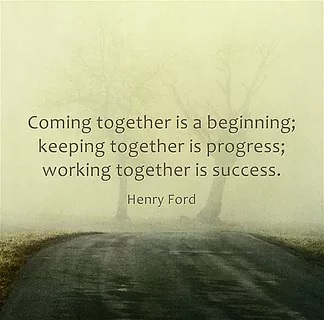 “BLUF.” If you’ve never seen the acronym, it means, “Bottom line, up front.” Insert it at the beginning of any piece of written communication, and you’re telling those receiving the message, “This is the most important part.” If you’re a professional communicator, it’s similar to the concept of “flagging” during media interviews.
“BLUF.” If you’ve never seen the acronym, it means, “Bottom line, up front.” Insert it at the beginning of any piece of written communication, and you’re telling those receiving the message, “This is the most important part.” If you’re a professional communicator, it’s similar to the concept of “flagging” during media interviews.
What’s the BLUF when it comes to collaborative crisis communication? The simple answers to, “Why do it?” may be the bottom line for many people considering the strategy during times of crisis. Collaborative crisis communication:
- Provides efficient information flow between responding organizations.
- Promotes proactive response to the information needs of those affected by the crisis.V
- Enables responding organizations to speak with one voice (which, by the way, helps get past the inherent mental noise of people affected by crisis).
- Minimizes duplication of effort and maximizes resource management.
- Helps clearly define roles and responsibilities for jobs to which responders are assigned (which might not be their normal jobs, but which contribute to mitigating the crisis).
What are the markers that can prompt communicators to collaborate with their partners-in-crisis?
- As the complexity of a crisis increases, so, too, should collaboration with partner organizations in the midst of the same crisis.
- As the public is increasingly affected by your (shared) crisis, the more you need to communicate directly with them – this assumes that complexity is increasing and that organizations working toward mitigation are well-served to speak with one voice to that affected public.
- Controlling the message. This is a hyper- version of speaking with one voice. I’m not talking “spin” here when I say “control,” I’m talking about focusing messaging efforts on what affected publics need to know (i.e., safety information, etc.). If all responding organizations are on the same page, then, success!
To learn more about the author, Brandon Brewer, click here!
This post was originally published on The Crisis Communicator blog site as “Why Collaborate During a Crisis?” in March 2014.


